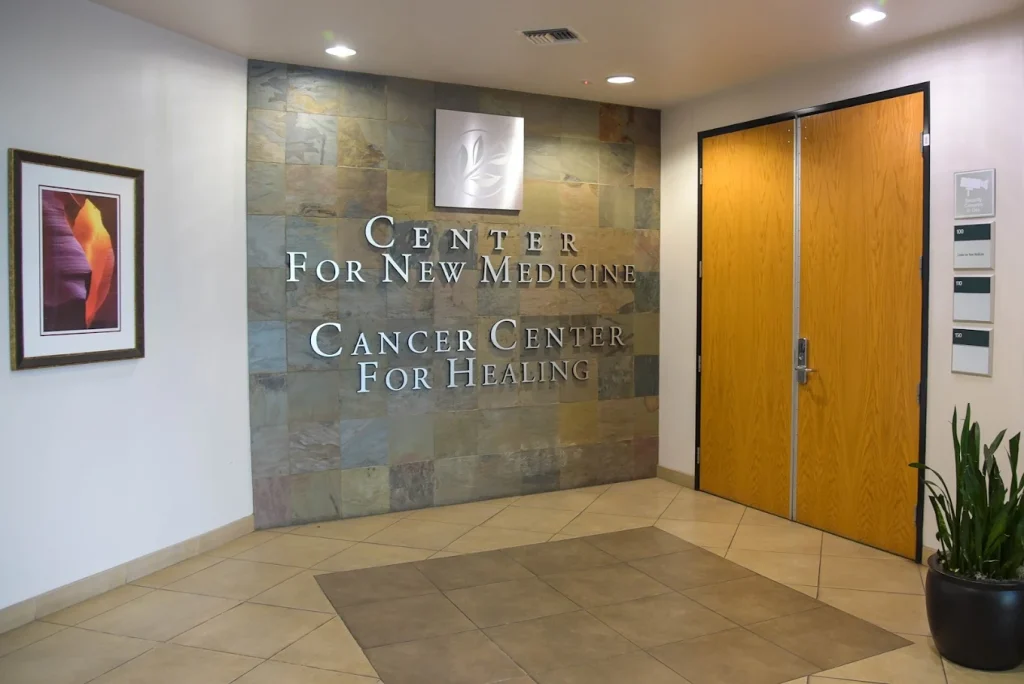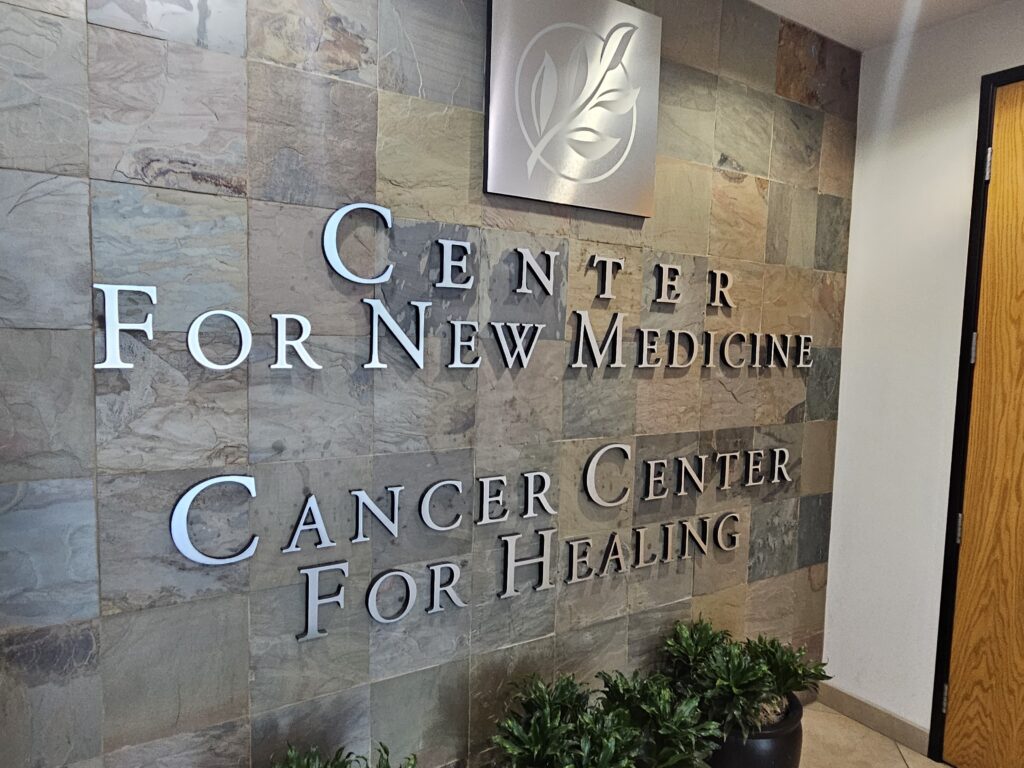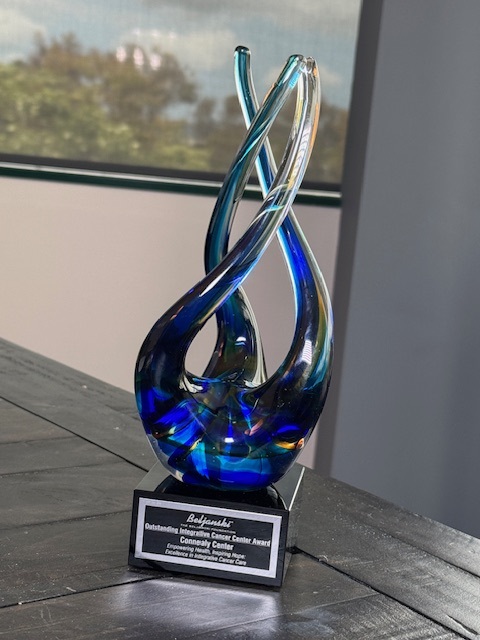At the Cancer Center for Healing in Irvine, CA, we often receive the question, “What are the common low-dose chemotherapy names used in treatment?” Patients want to understand not only what drugs are used but why they are chosen, how they differ from conventional high-dose chemotherapy, and how they fit into an integrative healing plan.
This article explores the most frequently used low-dose chemotherapy names, explains how they work, and shows how we combine them with holistic therapies to help the body fight cancer cells. That way you know what your options are.
What Is Low-Dose Chemotherapy?
Before we look at the specific low-dose chemotherapy names, it is helpful to understand the concept. Unlike conventional high-dose chemotherapy, which delivers maximum tolerated doses in cycles, low-dose (also known as metronomic chemotherapy) involves smaller, more frequent doses over longer periods of time.
The purpose is not only to target cancer cells directly but also to do the following:
- Inhibit the growth of new blood vessels feeding tumors (anti-angiogenesis)
- Reduce toxicity and side effects
- Preserve immune system function
- Allow treatment to continue steadily without long recovery breaks
With this approach, many traditional chemotherapy drugs can be adapted to low-dose chemotherapy, depending on how they are administered.
Common Low-Dose Chemotherapy Names
Here are some of the most studied and widely used low-dose chemotherapy names in integrative oncology:
Cyclophosphamide (CTX)
Cyclophosphamide is one of the most well-established low-dose chemotherapy names. At low doses, it has both direct anticancer effects and immune-modulating properties. It is often used daily or on alternate days in oral form.
Methotrexate (MTX)
Methotrexate is another frequent entry among low-dose chemotherapy names. It is often combined with cyclophosphamide in metronomic protocols. Methotrexate blocks folate metabolism, inhibiting cancer cell growth, and at low doses they can reduce toxicity while maintaining effectiveness.
Capecitabine (CAPE)
Capecitabine is an oral prodrug of 5-fluorouracil (5-FU). Its ease of oral use makes it a convenient option in low-dose chemotherapy. It is particularly studied in breast and colorectal cancers when given continuously at lower doses.
Vinorelbine (VRL)
Vinorelbine is a vinca alkaloid that interferes with cell division. At low doses, vinorelbine has been included in low-dose chemotherapy especially for lung and breast cancers. It is sometimes delivered weekly or multiple times per week at reduced dosing.
Gemcitabine
Gemcitabine is another common entry among low-dose chemotherapy names. Studies of “metronomic gemcitabine” show it may enhance immune function, reduce tumor vascularization, and improve long-term disease control in pancreatic, ovarian, and other cancers.
Tegafur-Uracil (UFT)
Tegafur-uracil is a combination oral drug that transforms into 5-FU in the body, paired with uracil to increase its bioavailability. It is frequently used in Asia and appears in many clinical protocols.
5-Fluorouracil (5-FU)
5-FU itself is one of the original chemotherapy agents and still belongs on the list of low-dose chemotherapy names when used in smaller, continuous regimens. It is often used for gastrointestinal cancers, breast cancer, and skin cancers.
Why These Names Are Important
The low-dose chemotherapy names listed above were not chosen randomly. They have specific features that make them suitable for metronomic dosing:
- Tolerability: These drugs can be used at lower doses without losing effectiveness.
- Oral availability: Many are available as pills, making them easier for patients to take at home.
- Anti-angiogenic activity: Several of these agents prevent tumors from developing new blood vessels.
- Immune modulation: Some, such as cyclophosphamide, actually improve immune system activity against cancer at lower doses.
How We Use Low-Dose Chemotherapy Names in Practice
When we decide to use one of these low-dose chemotherapy drugs, the treatment plan is carefully personalized. Factors we consider include the following:
- The type and stage of cancer
- Previous treatments the patient has received
- The patient’s age, health status, and organ function
- The patient’s treatment goals: curative, palliative, or quality-of-life focused
By choosing the right low-dose chemotherapy names and combining them with complementary therapies, we can improve outcomes while helping patients maintain strength and vitality.
Supporting Therapies Alongside Low-Dose Chemotherapy
One reason patients ask about low-dose chemotherapy names is because they want to know how these drugs fit into a broader healing strategy. At the Cancer Center for Healing, we never rely on chemotherapy alone. We combine it with therapies such as the following:
- Nutritional support: Anti-inflammatory diets rich in antioxidants and phytonutrients
- Immune-boosting therapies: IV vitamin C, mistletoe therapy, and targeted supplements
- Mind-body medicine: Stress reduction, meditation, acupuncture, and counseling
- Detoxification: A strategy to support the liver, kidneys, and lymphatic system to process chemotherapy drugs more efficiently
- Exercise and lifestyle modification: Gentle, tailored physical activity to improve circulation and immune function
When paired with holistic care, the low-dose chemotherapy drugs we use can work more effectively while causing fewer disruptions to daily life.
Safety and Monitoring
It’s important to remember that even though the drugs listed as low-dose chemotherapy names are given in smaller amounts, they are still chemotherapy agents. This means patients require regular monitoring, including blood tests, organ function tests, and side effect tracking. At our Center, we ensure that safety is prioritized and that any issues are addressed early.
Low-Dose Chemotherapy in Irvine
For patients exploring alternative treatment approaches, knowing the common low-dose chemotherapy names is empowering. Drugs such as cyclophosphamide, methotrexate, capecitabine, vinorelbine, gemcitabine, tegafur-uracil, and 5-fluorouracil have all been successfully adapted into low-dose regimens. By using these medications thoughtfully, and by combining them with holistic therapies, we help patients fight cancer more gently and effectively.
If you are curious about which low-dose chemotherapy strategy might be suitable for your treatment plan, we encourage you to reach out to the Cancer Center for Healing. Learn more here: Low-Dose Chemotherapy Overview.


















